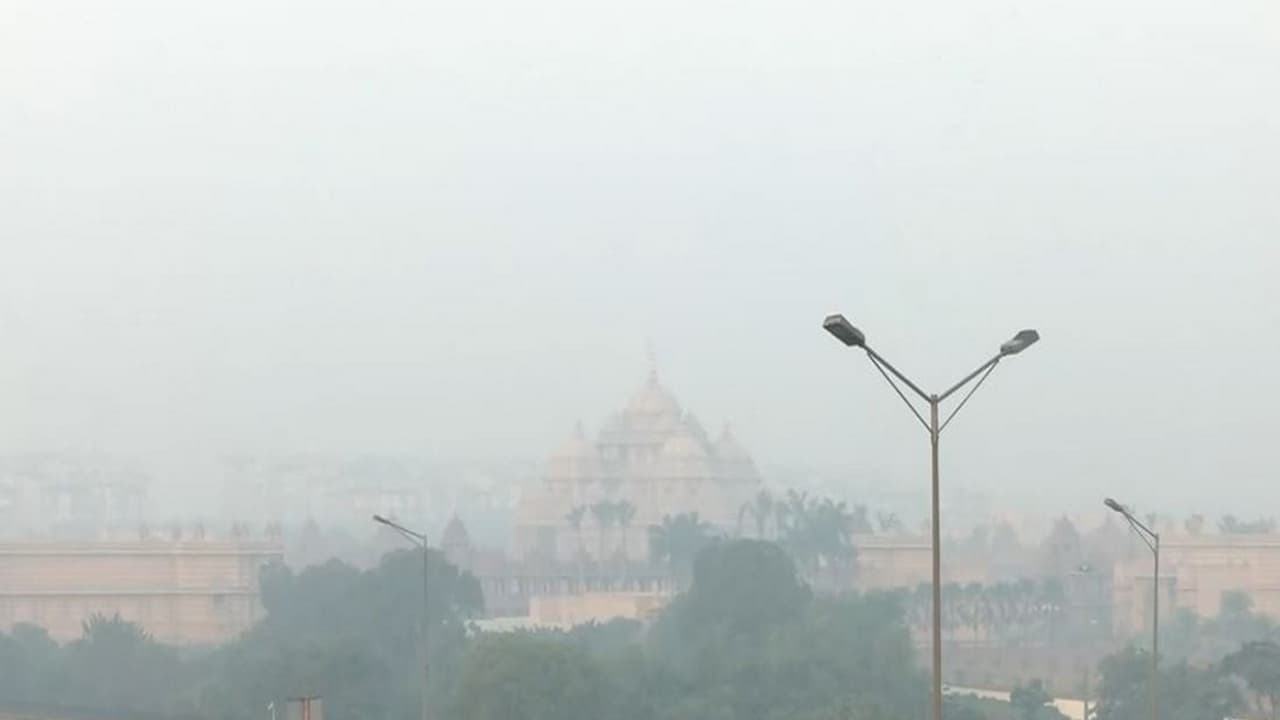Delhi’s average AQI improved to 175 this year, down from 189, with lower PM2.5 and PM10 levels. This is linked to a major drop in farm fires in Punjab (down 35.2%) and Haryana (down 65.3%), according to an official release.
The average AQI (Air Quality Index) in Delhi for the period between January 1 and November 9 has been recorded as 175, which was 189 during the corresponding period of last year. PM2.5 and PM10 concentration levels are 75 ug/m3 and 170 ug/m3, respectively, during this period, as against 87 ug/m3 and 191 ug/m3, respectively, during the corresponding period last year, a release said.
Reduced Farm Fires and Regulatory Oversight
A decline in Farm Fire Incidents has also been observed this year in Punjab and Haryana. Between 15th September and 9th November 2025, Punjab recorded 4,062 fire events as against 6,266 (i.e. 35.2% decline) during the corresponding period in 2024. Haryana registered only 333 fire counts this year compared to 959 (65.3% decline) witnessed during the corresponding period of last year.
The Commission for Air Quality Management in the National Capital Region and Adjoining Areas (CAQM) is actively reviewing the on-ground situation with Senior Officers of the State Governments of Punjab and Haryana and other concerned agencies. This is to ensure strict implementation of Statutory Directions and to tackle the issue of stubble burning.
Efforts in Municipal Solid Waste Management
Municipal Solid Waste (MSW) Management: Legacy waste processing has advanced steadily, with over 23 lakh tonnes of dumpsite waste bio-mined in Delhi. An additional Waste-to-Energy capacity of about 7,000 tonnes per day (TPD) and 750 TPD of Bio-CNG/CBG capacity are being developed. Parallel efforts in Gurugram, Noida, Greater Noida, Faridabad, and Ghaziabad are progressing steadily toward the complete liquidation of legacy waste.
Preventive Measures at Landfill Sites
In addition to infrastructure augmentation, CAQM has directed the installation of CCTV cameras, methane detectors, fire-suppression systems, and PPE for workers at landfill sites to prevent fires and emissions.
Curbing Open Waste Burning
In June 2025, CAQM had directed for zero tolerance for open waste burning, enhanced night-time surveillance, and intensified citizen awareness campaigns in collaboration with RWAs, industry associations, and local bodies. These measures can contribute in reduction in open waste burning incidents across NCR significantly.
(ANI)
(Except for the headline, this story has not been edited by Asianet Newsable English staff and is published from a syndicated feed.)
